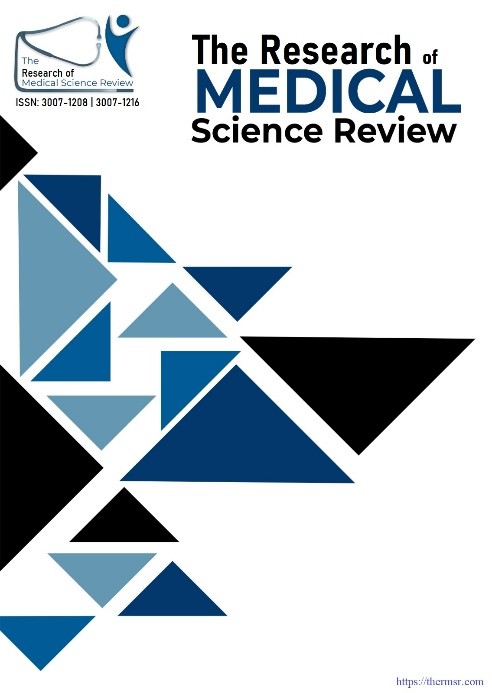EXPLORING LEARNING STYLES PREFERENCES AMONG NURSING STUDENTS: A STUDY AT SHAHIDA ISLAM NURSING COLLEGE LODHRAN, PAKISTAN
Main Article Content
Abstract
Background: Understanding students’ learning styles is crucial for effective nursing education, especially as nursing demands the integration of theoretical knowledge and clinical application. The VAK (Visual, Auditory, Kinesthetic) model remains a widely accepted tool to categorize individual learning preferences and enhance educational outcomes.
Aim and Objective: This study aimed to identify and analyze the preferred learning styles among BS Nursing students at Shahida Islam Nursing College, Lodhran, using the VAK model. The objective was to determine how these preferences could guide tailored teaching strategies to improve academic performance and engagement.
Methodology: A quantitative, cross-sectional study was conducted from October 2024 to March 2025 using a randomized probability sampling technique. A total of 90 BS Nursing students (both male and female) voluntarily participated. Data were collected through a self-administered VAK-based questionnaire developed by Barsch, using a 5-point Likert scale. Responses were categorized into highly, moderately, and less preferred styles and analyzed using SPSS version 21.0.
Results: Among the participants, 65.2% highly preferred visual learning, 58.5% auditory, and 45.3% kinesthetic styles. Visual and auditory modalities were the most dominant. Despite kinesthetic style being least preferred overall, a notable proportion still showed moderate preference, underscoring the value of multimodal teaching strategies. Most participants were aged 20–24 years, with a higher proportion of females (61.1%).
Conclusion: Visual and auditory learning styles are predominantly preferred by nursing students, suggesting that teaching strategies should emphasize visual aids and verbal instruction. However, incorporating kinesthetic elements remains essential to address diverse learning needs. Adapting instructional methods to students’ learning preferences can significantly enhance comprehension, motivation, and academic success in nursing education.
Downloads
Article Details
Section

This work is licensed under a Creative Commons Attribution-NonCommercial-NoDerivatives 4.0 International License.
